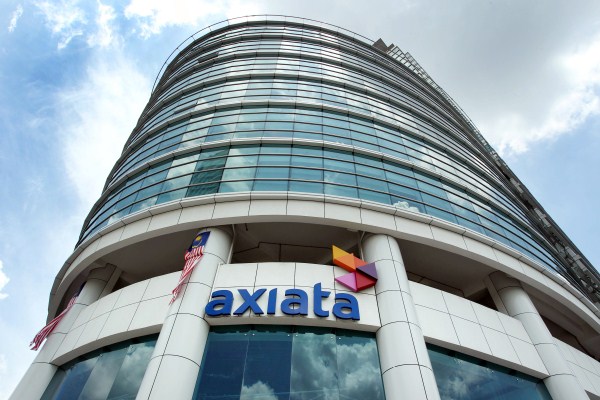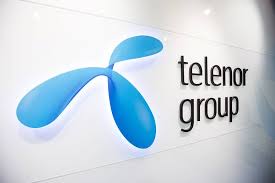Mobile Services
Telenor: 7 tech trends that will shape 2019
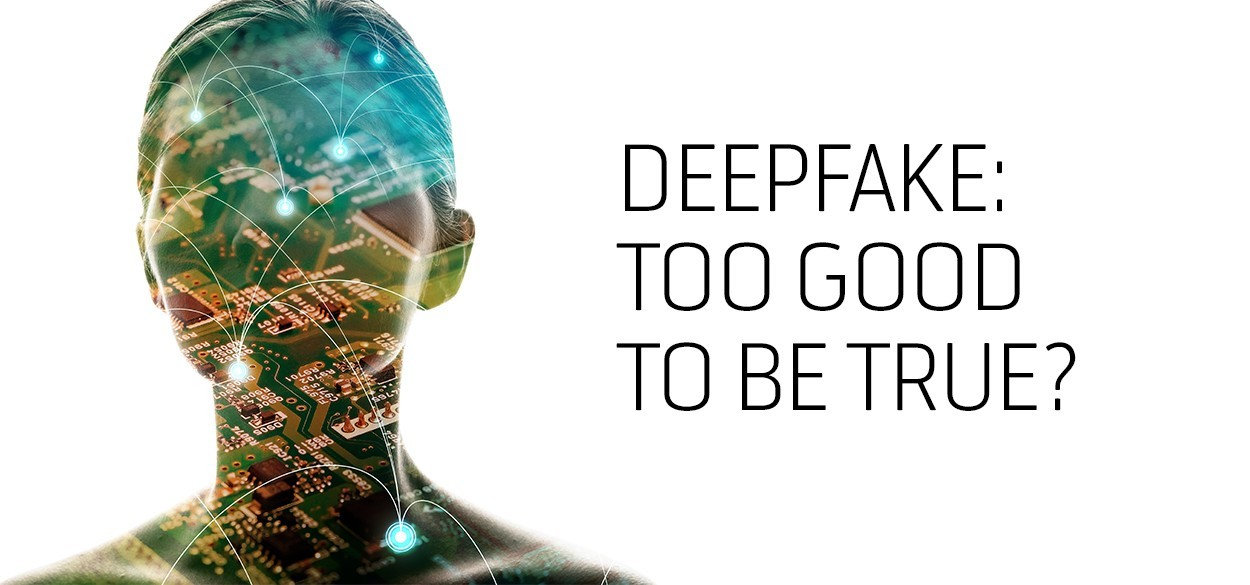
NEW DELHI: Seven technology trends stand to reshape how we consume, how we connect and even how we perceive the world around us in 2019, says Telenor Research.
After a breakneck year of tech world advancements, setbacks and successes, Telenor Group’s research arm, Telenor Research, identifies seven tech trends to study up on for 2019. While there is no shortage of staggering high-tech feats identified for the coming year, the notion of “responsibility” resonates through many of 2019’s trends.
“The world of technology is constantly on the go. With exciting innovation – which we point to for next year in greater scale than ever – comes the need for reflection, pragmatism and perspective. We think that the tech pendulum is swinging in that direction in 2019. People are taking a step back and assessing ‘what do these deeper developments in technology and connectivity mean to me, to my family, my community?'” reflects Bjørn Taale Sandberg, Head of Telenor Research.
“In the end, we all want the assurance that technology – no matter how many steps ahead of us it might seem – can fit into our lives safely, sensibly and positively,” he added.
Here are the seven tech trends we see making a big impact in 2019:
DEEPFAKE: TOO GOOD TO BE TRUE?
Masks, shades and filters have been all the rage on social media and messaging apps. The iPhone X took the idea further with facial recognition, but as the technology makes even more advances, why stop there? Remember Tom Cruise’s masks in Mission Impossible? Well, doing this in cyberspace is no longer “mission impossible”. It’s made very much possible by something the tech world has coined “deepfake”. It’s when Deep Learning meets Fake News (or doctored photos and videos, for that matter).
2019 will bring us more deepfake content because a large amount of work is going into algorithms called generative adversarial networks (GANs*). A plethora of variants is emerging, and the systems as a whole are learning a lot faster. It is these algorithms that will enable the creation of deepfake content so advanced that we could have a difficult time differentiating between what’s real and what’s fake in the digital world. If people had trouble telling fake news posts apart from real news on social media between 2016 and 2018, it’s very possible that the boundaries will be blurred even more in 2019.
The world’s largest democracy, India, will hold general elections in 2019, while the world’s second largest democracy, the US, will begin the lead up to its 2020 presidential campaign. These elections are likely to trigger the production of sophisticated deepfake content made to manipulate and misinform the public. The good news is that they could also trigger intensified development of media forensic tools and techniques to safeguard democratic processes. 2019 will see internet service providers, operators and regulators look seriously into mitigating deepfake content, and widespread public awareness campaigns against deepfake.
AN EYE ON AI
In 2017, we predicted that AI ethics would one day be up for discussion. That time has come. The fact that AI will impact nearly every industry and society at large is no longer questionable. As people increasingly tune in to how technology affects their lives, AI is one of those technologies that will receive more public scrutiny in 2019. In the coming year, we will see public and private bodies setting AI governance frameworks and adopting new codes of conduct to ensure that they operate with high ethical standards. This will be done in order to ensure that AI systems are non-discriminatory, transparent, traceable and secure, and that there are always humans in the loop who are accountable for its design, development and adoption. Enabling this, we will also see new venues for AI dialogues happening at all levels of politics, new platforms for education and training in AI, as well as investments in tools and systems that enable ethical AI development**.
“High ethical scrutiny may inhibit innovation,” some might say, and in the absence of such oversight, most thriving AI ecosystems in the US and China might be able to grow and innovate faster than more regulated regions, such as Europe. Yet, we see AI governance as vital to sustainable innovation and uptake and acceleration of AI in business. In the end, these autonomous systems need to solve problems for people in a secure, robust and reliable way; proactive monitoring and governance structures for ethical use of AI will aim to ensure that.
5G ISLANDS EMERGE
In 2017, it was all about 5G testing: could a computer a few metres away connect to a signal station running a 5G frequency. In 2018, we saw pioneering uses of 5G – like the 5G drone coverage of the Winter Olympics in South Korea. And coming in 2019, we’ll see “5G islands” emerge across the world as large-scale pilots and trials – from Europe to North America and northeast Asia – connect selected communities and business networks. Digitising societies has been a buzzword among operators, industry bodies and governments over the past few years, but 2019 will be the first year when communities will experience what this actually means, taking towns like Norway’s Kongsberg, a 5G pilot town, as a first example.
Though 2020 is the year that 5G’s global standard will release, 2019 will see commercial advances in 5G, which we see in the United States and areas of Asia already. We’ll also see some of the first marketing campaigns based on 5G. From the first self-driving, 5G-steered buses to automated fisheries, from 5G-driven TV and fixed broadband to potential applications of 5G-powered remote surgery – the 5G floodgates will open in 2019, paving the way for commercial services to hit the market in 2020.
IOT USHERS IN INDUSTRIAL AGE 2.0?
We think 2019 will be the year when industrial IoT customers crack the transition from proof-of-concepts, which we’ve seen in recent years and months, to large scale commercial deployments in low-power wide-area (LPWA)*** ecosystems. We expect the LPWA ecosystem to blossom this year in particular, enabling larger industrial applications which to date haven’t matured quickly. As the LPWA ecosystem matures and as developers have vetted much of its tech stack, we can expect to see industries roll out large scale IoT, particularly within the arenas of smart cities, industrial manufacturing and process industries, such as shipping, traffic and transport monitoring and fisheries. In short, IoT is going industrial in 2019.
On the backend, it is becoming clearer how different connectivity technologies serve different use cases. Examples include LTE networks for CCTV and automotive, which are already widespread; LTE-M for logistics; NB-IoT for metering – and many more use cases for each. Though the question on which IoT technologies will scale furthest and fastest remains, one thing is clear – LPWA IoT networks will get more than their share of the spotlight in 2019 and beyond.
CHATBOTS JOIN THE FAMILY
The sobering reality of how hard it’s been to work with text-based chatbots has killed a lot of large-scale attempts. We see voice-activated chatbots doing better in 2019 – mainly in household devices. They aren’t the most clever systems yet, but as they advance, we can expect more chatbots helping us in our homes than we have before. We think 2019 will see huge growth of voice-controlled chatbots, leading to smarter voice-recognition applications, since they will be limited to a narrow skill-set in which they will perform well.” It’s possible that by this time next year, domestic chatbots will be at the top of 2019’s holiday wish lists in many markets around the world.
SCREENING SCREEN TIME, FLIPPING TO FLIP PHONES
Awareness of screen time and its effects on us is becoming widespread. Following some early movers, people will increasingly use screen time tracking apps, night-time and do-not-disturb modes on phones, as developers tune the smartphone experience to enable us to manage our use of these devices. Developments in the marketplace as a result of increased screen time awareness and discipline will snowball in 2019.
Beyond new apps and software, we could see more stringent limits on screen time in various social and professional settings. Mobile-free meals with family and friends, and mobile-free meetings are certainly becoming more common. Whatever the case, this latest burst of screen time products and campaigns by private industry go a long way to raise awareness.
Moreover, people concerned with their own personal screen time but don’t want to disconnect altogether could opt for simpler connectivity. We could see this in the form of wearables, other small connected devices and even flip phones.
GREENTECH CATCHES FIRE
A virtuous cycle in green consumption, awareness and green tech development will take shape in 2019, given a boost in large part by mobile technology. The UN’s Intergovernmental Panel on Climate Change’s late 2018 report came as a wake-up call to those not already paying attention. As climate change worries and awareness of consumption both skyrocket in society, a wave of mobile-driven green technology will help people live and consume more smartly than ever. In 2019, this wave will reach its much needed crest.
Oslo is becoming a bellwether of greentech’s ability to reach scale. The increasing popularity of products and services like Too Good To Go, which cuts down on food waste, car-sharing platforms, bicycle-only food delivery services, Tesla and electric cars (close to 30 percent of new cars in Norway are electric in 2018) prove that consumers are highly receptive to greentech, if not outright demanding it. And aggressive disincentives -taxes and tolls on environmentally unfriendly transport and consumption provide the knock-out punch to environmental apathy in Norway. On a holistic level, credit goes to government policies, developer enthusiasm for greentech, consumer receptivity and social pressure; four effective cogs churning out greener tech and greener habits – in Norway and beyond in 2019.
5g
Airtel announces its largest ever 5G roll-out in 125 cities
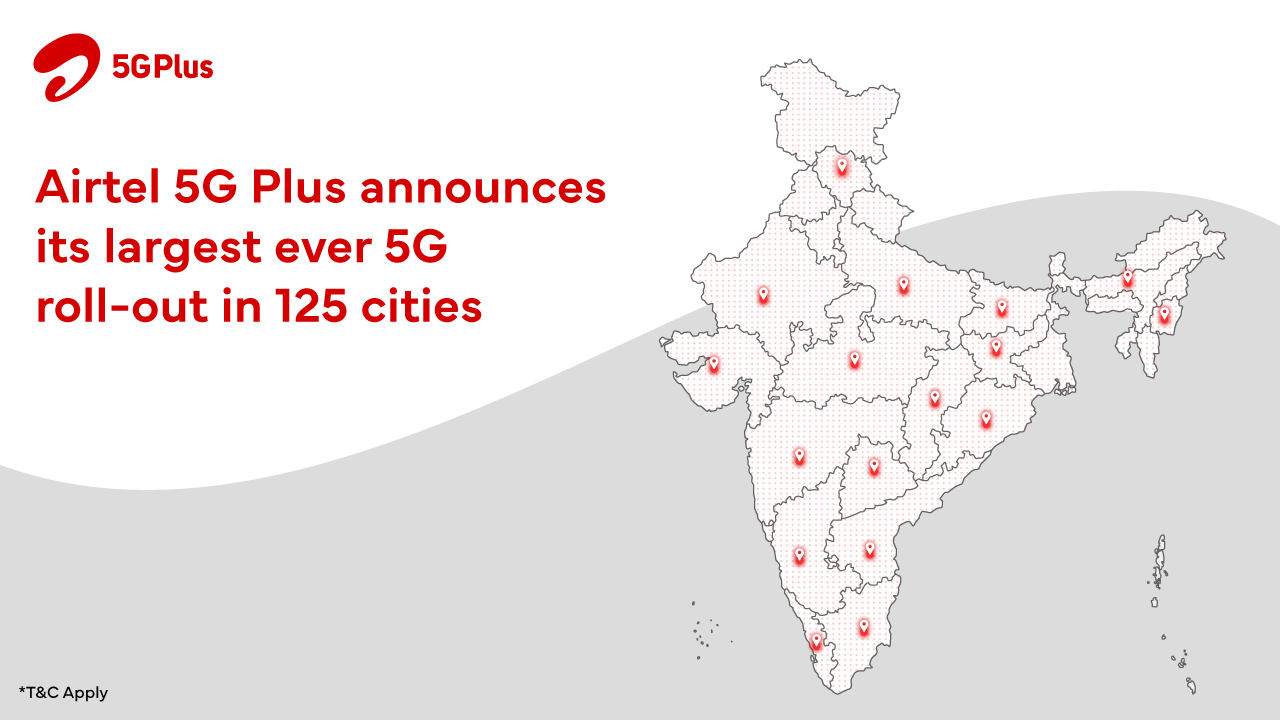
NEW DELHI: Bharti Airtel, India’s telecommunications services provider, today announced the launch of its ultra-fast 5G services in 125 cities. Airtel 5G Plus service is now available to customers in over 265 cities in the country.
Airtel 5G Plus has three compelling advantages for customers. First, it runs on a technology that has the widest acceptance in the world with the most developed ecosystem. This ensures that all 5G smartphones in India seamlessly work on the Airtel network. Second, the company promises to deliver the best experience – between 20 to 30 times higher speeds than today coupled with brilliant voice experience and super-fast call connect. Finally, Airtel 5G Plus network will also be kinder to the environment with its special power reduction solution. Powered by the reliable Airtel network infrastructure, Airtel 5G Plus will provide superfast access to High-Definition video streaming, gaming, multiple chatting, instant uploading of photos et all.
Commenting on the launch, Randeep Sekhon, CTO, Bharti Airtel said, “5G has revolutionized the world of internet, ushering new era of connectivity and communications that will prove to be a game-changer for the country. At Airtel, we remain committed to delivering the highest quality of network and service to our customers as we roll-out 125 more cities today. Airtel was the first in the country to offer 5G services in October 2022, and today’s mega launch is our promise to connect every Airtel customer in the country with ultra-fast Airtel 5G Plus. Our 5G rollout is on track to cover all towns and key rural areas by March 2024.”
Airtel 5G Plus service availability will continue to rapidly expand – including service in all towns and villages in the country soon – as the company is working towards offering nationwide coverage. Airtel is now offering its 5G services in every major city from the upper northern city of Jammu to the southern tip of Kanyakumari.
In the last one year, Airtel has demonstrated the power of 5G with a host of powerful use cases that will change the way customers lead their lives and do business. From India’s first live 5G network in Hyderabad to India’s first private 5G network at the BOSCH facility in Bengaluru to partnering with Mahindra & Mahindra to make its Chakan manufacturing facility, India’s first 5G enabled auto manufacturing unit, Airtel has been at the forefront of 5G innovation.
5g
Apple rolls out beta programme for iPhones to enable 5G services

NEW DELHI: Apple Inc has rolled out a beta programme to enable 5G on Apple devices as the upgrade lets users try out pre-release software.
This software upgrade enables 5G access on Apple devices, as and when service providers Jio, Airtel and Vodafone enable 5G network access, sources said.
Apple Users have to enrol for the Beta Programme on the website, install a profile and download the software.
Jio users using iPhone 12 and above, in cities where JioTrue5G has been rolled out, will be invited to the Jio Welcome Offer. Jio Welcome Offer provides unlimited 5G data at up to 1 Gbps speed to users at no additional cost. However, there is a condition that prepaid users must be on active Rs 239 and above plan. All Postpaid users are eligible for this trial.
Airtel is not providing any special 5G offer like Jio to their users. In the cities/areas in which the Airtel 5G network has been launched, users can trial 5G services as a part of their existing plan, once they have updated the latest Apple Beta software.
While an email sent to Apple did not solicit an immediate response, the firm had last month stated: “We are working with our carrier partners in India to bring the best 5G experience to iPhone users as soon as network validation and testing for quality and performance is completed. 5G will be enabled via a software update and will start rolling out to iPhone users in December”.
Airtel and Jio customers on iPhone 14, iPhone 13, iPhone 12 and iPhone SE (3rd generation) models can experience 5G as part of Apple’s iOS 16 Beta Software Program. The Apple Beta Software Program is open to anyone with a valid Apple ID who accepts the Apple Beta Software Program Agreement during the sign-up process.
If a user has an iCloud account, that is an Apple ID, it is recommended they use that. If they do not have an iCloud account or any other Apple ID, they can create one.
Customers who want to try the beta software should back up their iPhones before installing the beta software. It is recommended to install the beta software only on non-production devices that are not business-critical. Users can also provide feedback to Apple on quality and usability, which helps Apple identify issues, fix them, and make Apple software even better.
The iOS beta comes with the built-in Feedback Assistant app, which can be opened from the Home screen on the iPhone or iPad or from the Dock on the Mac.
Source: Press Trust of India
5g
Nokia wins multi-year deal with Reliance Jio India to build one of the largest 5G networks in the world
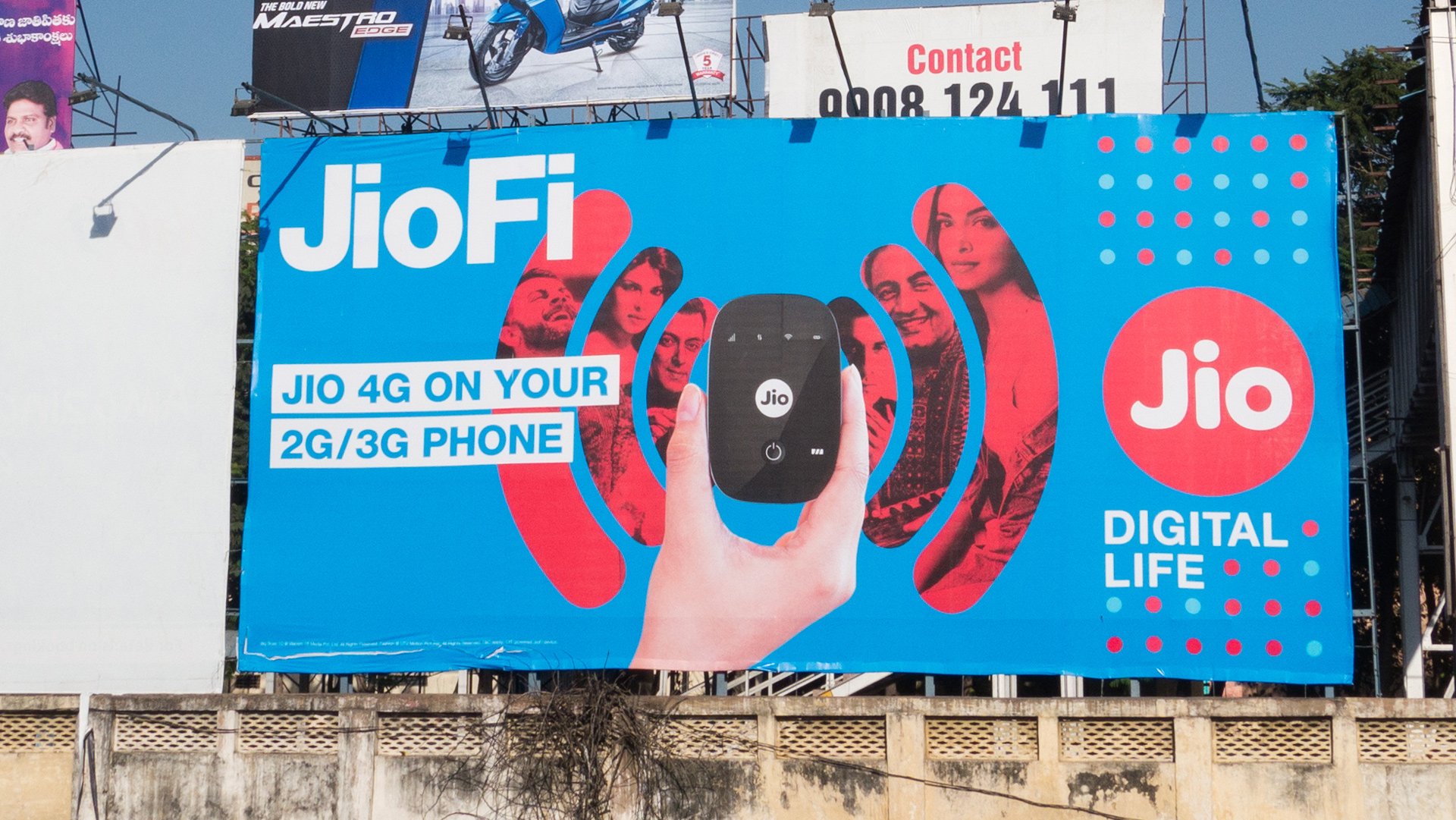
NEW DELHI: Nokia has announced that it has been selected as a major supplier by Reliance Jio to supply 5G Radio Access Network (RAN) equipment from its comprehensive AirScale portfolio countrywide in a multi-year deal. Reliance Jio is India’s number one mobile operator and has one of the largest RAN footprints in the world.
Under the contract, Nokia will supply equipment from its AirScale portfolio, including base stations, high-capacity 5G Massive MIMO antennas, and Remote Radio Heads (RRH) to support different spectrum bands, and self-organizing network software. Reliance Jio plans to deploy a 5G standalone network which will interwork with its 4G network. The network will enable Reliance Jio to deliver advanced 5G services such as massive machine-to-machine communications, network slicing, and ultra-low-latency.
Akash Ambani, Chairman Reliance Jio, commented: “We are pleased to be working with Nokia for our 5G SA deployment in India. Jio is committed to continuously investing in the latest network technologies to enhance the experience of all of its customers. We are confident that our partnership with Nokia will deliver one of the most advanced 5G networks globally.”
Pekka Lundmark, President and CEO at Nokia stated: “This is a significant win for Nokia in an important market and a new customer with one of the largest RAN footprints in the world. This ambitious project will introduce millions of people across India to premium 5G services, enabled by our industry-leading AirScale portfolio. We are proud that Reliance Jio has placed its trust in our technology and we look forward to a long and productive partnership with them.”
Nokia has a long-standing presence in India. This new deal will mean that Nokia is now supplying India’s three largest mobile operators.










